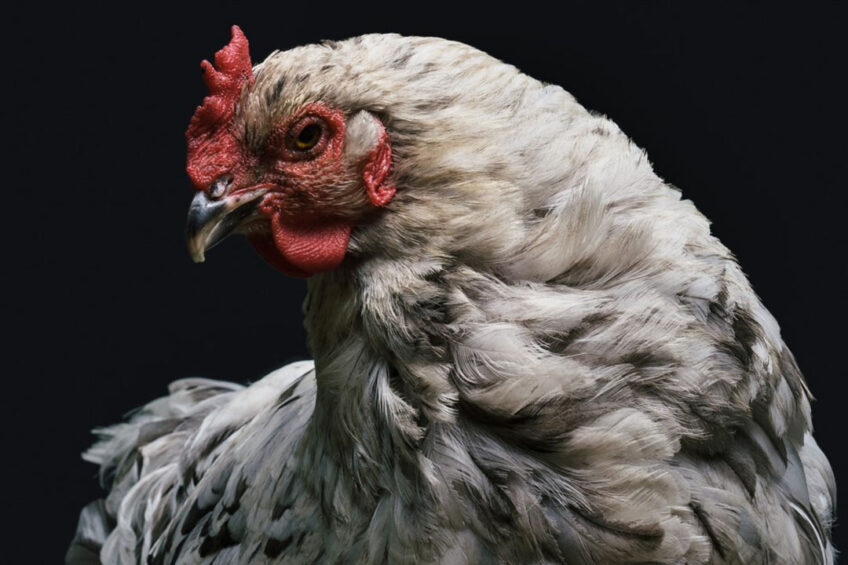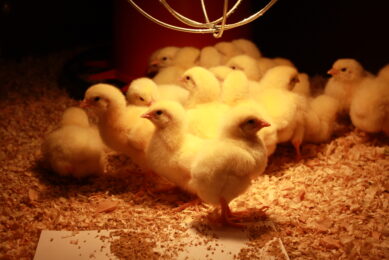Safeguarding genetic diversity of indigenous chickens

A cheaper way of freezing reproductive cells could help secure food production in low and middle-income tropical countries. The low-cost cryopreservation method could help preserve the 1,600 local chicken breeds that are an important source of income for smallholder farmers in these areas.
Birds resilient to the environment
The scientific breakthrough could also help secure poultry genes from indigenous breeds for efforts to develop birds with climate resilience or disease resistance and to ensure food production.
A team from the Centre for Tropical Livestock Genetics and Health (CTLGH) and the Roslin Institute, along with commercial partners Cobb-Europe, validated a simple technique in which chicken reproductive organs were extracted from embryos, pooled by sex and frozen.
After being thawed, the reproductive cells were injected into sterile surrogate embryos. Male reproductive cells were injected into male embryos and female cells into female embryos.
Control reproductive genes
Research using fluorescent proteins to label the donors’ cells and a method to control the reproductive genes carried by both parents – known as Sire Dam Surrogate Mating – demonstrated that chicks were derived entirely from their donor parents. Freezing the entire reproductive organ is more important than freezing separated reproductive cells, experiments found.
Commenting on the research, Dr Tuanjun Hu of the Roslin Institute and CTLGH, said: “This simple, low-cost and low-tech biobanking will be beneficial to poultry breeders worldwide, big or small. It will reduce the cost of maintaining livestock for breeding and will benefit the welfare of chickens by reducing the number of birds in research facilities.”
Dr Mike McGrew, programme leader, added: “While cryopreservation of reproductive cells from adult livestock is routine, it is problematic in poultry, and in vitro alternatives are technically demanding and expensive. This simple technique does not require cells to be created in vitro in the laboratory, making it easier and cheaper to preserve chickens, benefiting both commercial and smallholder farmers.”
Conservation of chicken diversity
And Professor Appolinaire Djikeng, director of CTLGH, concluded: “The chicken is a key animal for millions of smallholder farmers in low and middle-income countries. This simple and low-cost method, developed through a CTLGH collaboration between Roslin, ILRI and Cobb-Europe, will enable the conservation of chicken diversity, to ensure that farmers can breed birds that are resilient to extreme climates, and a reliable source of food and income for farming families.”
*The research has been published in the journal eLife and was funded by the Bill and Melinda Gates Foundation, the UK Foreign and Commonwealth Development Office and the National Centre for the Replacement, Refinement and Reduction of Animals in Research.












